Project leader: Eszhanov Aydyn Baurzhanovich
Implementation period: 2024–2026
IRN: BR BR24993060
ABOUT THE PROJECT:
The Western Tien Shan is included in the UNESCO World Network of Biosphere Reserves and the list of transboundary World Heritage natural sites. It is classified as a region of exceptionally high biological diversity in Central Asia.

The mountain range is located within four neighboring countries: Kazakhstan (21%), Kyrgyzstan (68%), Uzbekistan (17%), and Tajikistan (4%). It plays a key role in maintaining the ecological balance of the region. In Kazakhstan, the Western Tien Shan occupies the territory of Zhambyl Region.
The Western Tien Shan mountain chain includes the Fergana, Talas, Chatkal, Kuramin, Karatau, and Korzhantau ranges. Its total length from northwest to southeast is about 815 km, and its maximum width in the central part reaches 350 km.
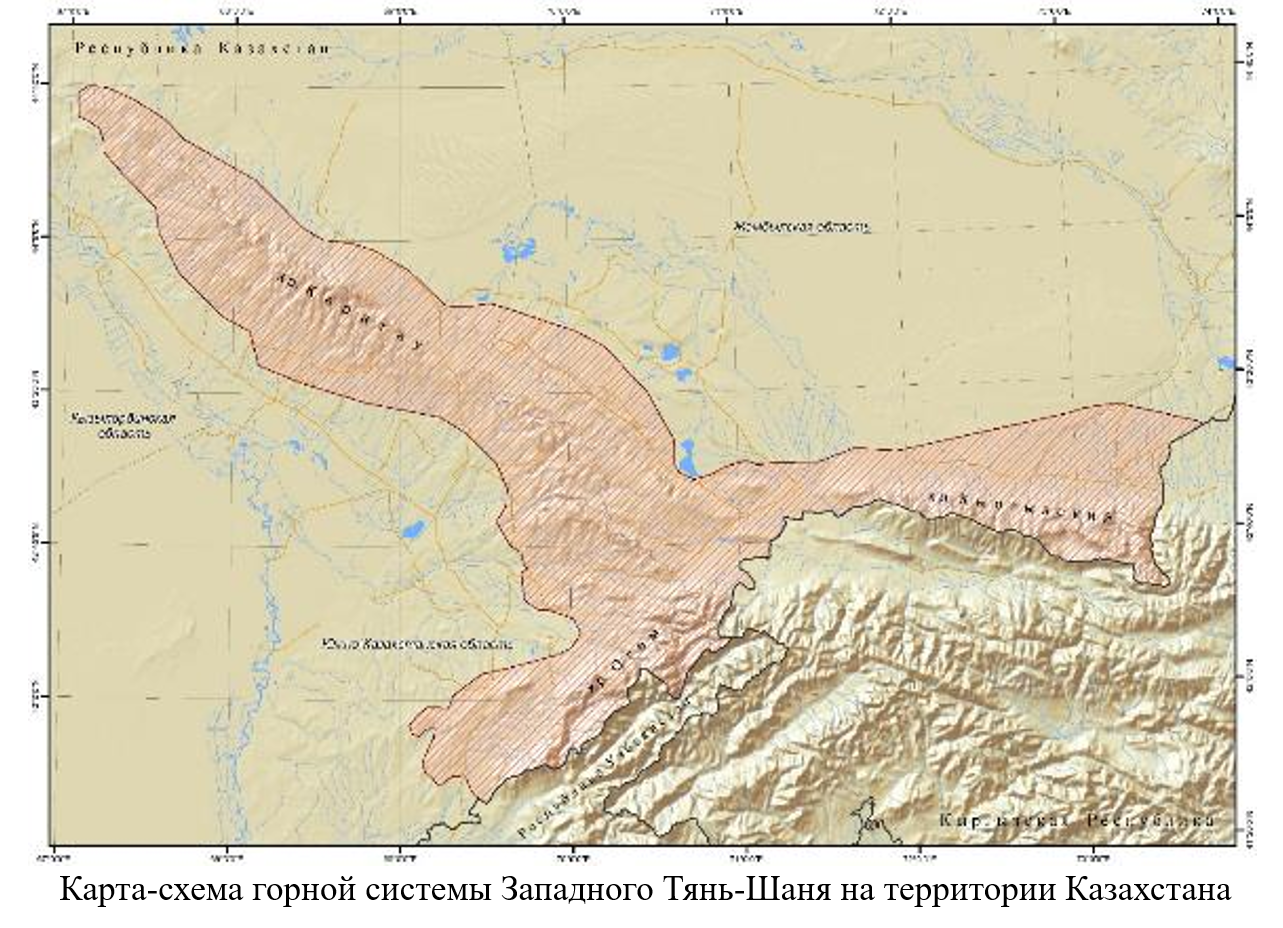
The foothill areas adjacent to the Western Tien Shan are among the most densely populated in the world, leading to intensive use of water resources, livestock grazing, and conversion of virgin lands and natural pastures into agricultural areas. These factors pose significant risks to the region’s unique biodiversity. This program aims to develop an information system for maintaining a cadastre of wild animals of the Western Tien Shan to ensure their conservation and sustainable use through the study of the current state of the region’s fauna.
RELEVANCE:
Zoological research in the Western Tien Shan began in the 1860s and continued into the 21st century. As a result of these studies, the first nature reserve in Central Asia — Aksu-Zhabagly — was established in 1926. In 1966, near its northern border, the Institute of Zoology of Kazakhstan opened the Shakpak Ornithological Station to study bird migration, which continues its work to this day.
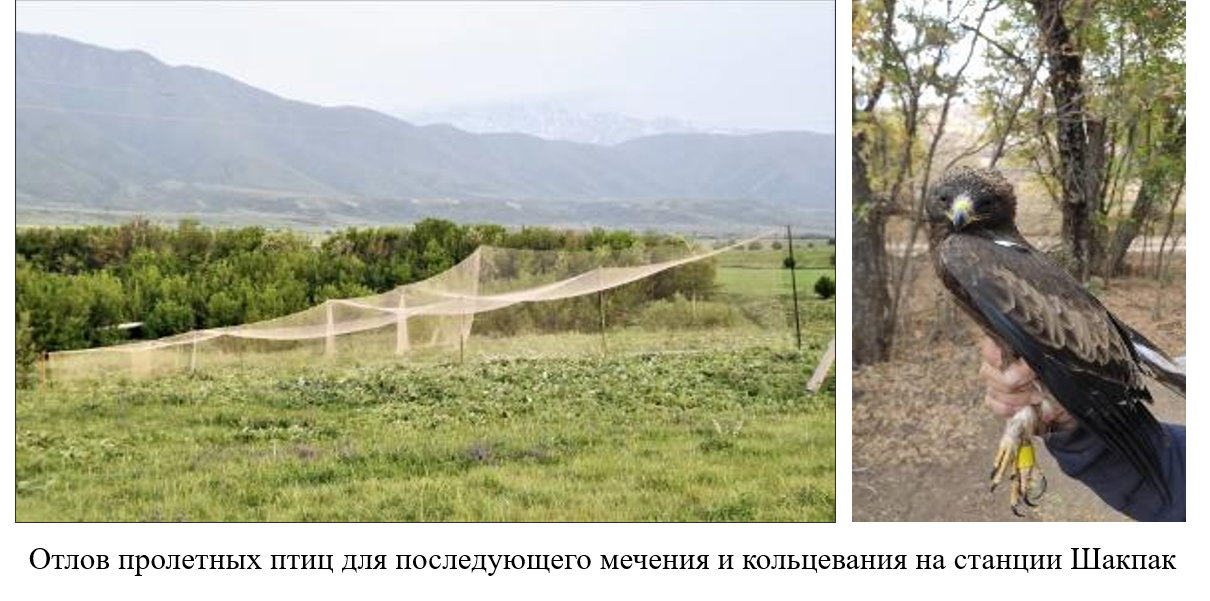
Earlier studies focused on separate animal groups and lacked an integrated approach. Over the past 20 years, comprehensive zoological research has hardly been conducted in the Kazakh part of the Western Tien Shan, except for bird migration studies at the Shakpak Pass. During this time, the fauna has undergone major changes under the influence of climate change and anthropogenic pressure, and previously published data have become outdated. Therefore, there is now an urgent need for monitoring studies and the creation of a scientifically grounded cadastre of the region’s fauna using modern research methods.
The project covers all major animal groups, both extant and extinct. As a result, previously fragmented materials will be consolidated and systematized into an electronic cadastre of the region’s fauna based on modern advances in taxonomy and zoological systematics.
This electronic cadastre of wild animals will be created for the Western Tien Shan for the first time and will serve as a model for neighboring countries. Reliable scientific data on the fauna of the Western Tien Shan region will be freely accessible to state agencies, universities, and non-governmental environmental organizations. The database will include a search engine for analyzing data on parasitofauna, fossil animals, hydrobionts, insects, arachnids, mollusks, fish, amphibians, reptiles, birds, and mammals.
PROGRAM GOAL – To develop an information system for maintaining the cadastre of wild animals of the Western Tien Shan aimed at their conservation and sustainable use.
PROGRAM OBJECTIVES:
1) To create an electronic database for the cadastre of the Western Tien Shan fauna, integrated with GIS and containing data on both recent and fossil animal species of the region;
2) To identify the current fauna, assess the condition of dominant, rare, and endemic animal populations, and analyze changes in fauna over the past 20 years;
3) To conduct a taxonomic assessment of the fossil fauna of the Western Tien Shan;
4) To evaluate the potential of economically important species of the modern fauna and the geological and stratigraphic significance of the fossil fauna;
5) To assess the current state of key economically significant animal species and forecast population dynamics for the next 20–50 years under various climate scenarios;
6) To develop a national monitoring system for economically and genetically valuable species of wild animals in the Western Tien Shan to ensure biodiversity conservation;
7) To identify current threats and propose specific measures for the conservation, reproduction, and sustainable use of wildlife resources in the Western Tien Shan;
8) To apply modern cryobiological technologies for preserving genetically valuable species for long-term conservation and potential restoration in natural ecosystems.
EXPECTED RESULTS:
1) An electronic database integrated with GIS will be created for maintaining the cadastre of the Western Tien Shan fauna, including data on extant and fossil species and a detailed ecosystem map of the region.
2) The modern fauna will be identified and an annotated list of at least 550 animal species will be compiled. Population statuses of at least 40 dominant, rare, and endemic species will be assessed, and the dynamics of fauna changes over the past 20 years will be analyzed.
3) A taxonomic evaluation of the fossil fauna will be carried out, and an annotated list of at least 50 extinct taxa will be prepared.
4) The economic potential of at least 30 important modern species will be assessed, as well as the role of fossil animals in geological mapping and stratigraphic correlation.
5) The current condition of at least 40 economically significant species will be evaluated, and forecasts of their population dynamics for the next 20–50 years will be developed considering climate change scenarios.
6) A state monitoring system will be developed for at least 15 economically and 15 genetically valuable species, with recommendations for implementation.
7) Modern threats will be identified, and specific measures for wildlife conservation and sustainable use will be proposed.
8) Advanced cryobiological technologies will be applied to preserve at least 20 genetically valuable species for long-term storage and possible reintroduction into natural ecosystems.
Additionally, for the authorized body for wildlife of the Republic of Kazakhstan and the regional hunting organizations (to be included in the action plans for rare and endangered animal species), documentation based on the electronic database “Cadastre of the Western Tien Shan Wildlife” and maps of specially protected natural areas will be developed.
As a result of the project, at least 9 articles will be published in peer-reviewed scientific journals indexed in the 1st–3rd quartiles of the Web of Science database and/or with a CiteScore percentile of 50 or higher in the Scopus database, as well as at least 10 articles in journals recommended by the Committee for Quality Assurance in Science and Higher Education, and at least one monograph. At least 5 intellectual property items (patents or copyright certificates) will be obtained.
PROJECT EXECUTORS:
The Western Tien Shan is classified by UNESCO as a region of exceptionally high biological diversity in Central Asia; therefore, successful completion of the program tasks and compilation of the cadastre require maximum coverage of the fauna of this mountain region. This necessitates the involvement of specialists from various scientific fields.
The program is implemented by 56 employees of the Institute of Zoology of the Republic of Kazakhstan, including 4 Doctors of Science, 12 Candidates of Science, 7 PhD holders, 19 Masters of Science, and 13 Bachelors. About half of the research team consists of young scientists under 40 years old.
Project leader – Eszhanov Aydyn Baurzhanovich, PhD, Head of the Laboratory of Arachnology and Other Invertebrates, Institute of Zoology. ORCID ID: 0000-0001-6572-5668 h-index 5
Responsible project executor – Chirikova Marina Aleksandrovna, PhD (Biol.), Deputy Director for Science, Institute of Zoology. ORCID ID: 0000-0002-0515-598X h-index 7
Responsible executors by project sections:
Krupa Elena Grigoryevna – Dr. Biol. Sci., Professor, Head of the Laboratory of Hydrobiology and Ecotoxicology. ORCID ID: 0000-0001-9401-0258 h-index 9
Suleimenov Maratbek Zhaksibekovich – Cand. Vet. Sci., Professor, Principal Researcher, Laboratory of Parasitology. ORCID ID: 0000-0002-6922-1421 h-index 4
Malakhov Dmitry Viktorovich – Head of the GIS and Remote Sensing Research Center. ORCID ID: 0000-0002-7844-6569 h-index 8
Kopylov Dmitry Sergeyevich – Cand. Biol. Sci., Acting Head of the Laboratory of Paleozoology. ORCID ID: 0000-0003-2013-544X h-index 15
Grachev Aleksey Aleksandrovich – Acting Head of the Laboratory of Theriology. ORCID ID: 0000-0001-6051-8299 h-index 3
Akentyeva Ekaterina Valeryevna – Junior Researcher, Laboratory of Ornithology and Herpetology. ORCID ID: 0009-0005-5831-4402 h-index 1
RESEARCH RESULTS:
Summary of 2024 results
The research object within the project area includes both recent and fossil animal species of the Western Tien Shan.
In 2024, work was planned and initiated under four main objectives:
1) To create an electronic database for the cadastre of the Western Tien Shan wildlife, integrated with GIS and containing data on recent and fossil wild animal species of the region.
As a result of the work performed, the development of an electronic database on the Western Tien Shan fauna was initiated, taking into account the shortcomings of previous databases created under earlier programs. The design of the data output page was completed, adaptation for extinct taxa and recent species was launched, the administrative panel was adjusted to improve field-based search and data import functions, and the layout of elements on the main page was optimized.
The process of populating the database has begun. The mollusk section was supplemented with 22 observation records, arachnids – 227 records across 60 species, reptiles – 12 records for 1 species, birds – 860 records for 5 species, and mammals – 475 records for 42 species.
Work on refining database modules and filling the electronic data bank will continue in 2025–2026.
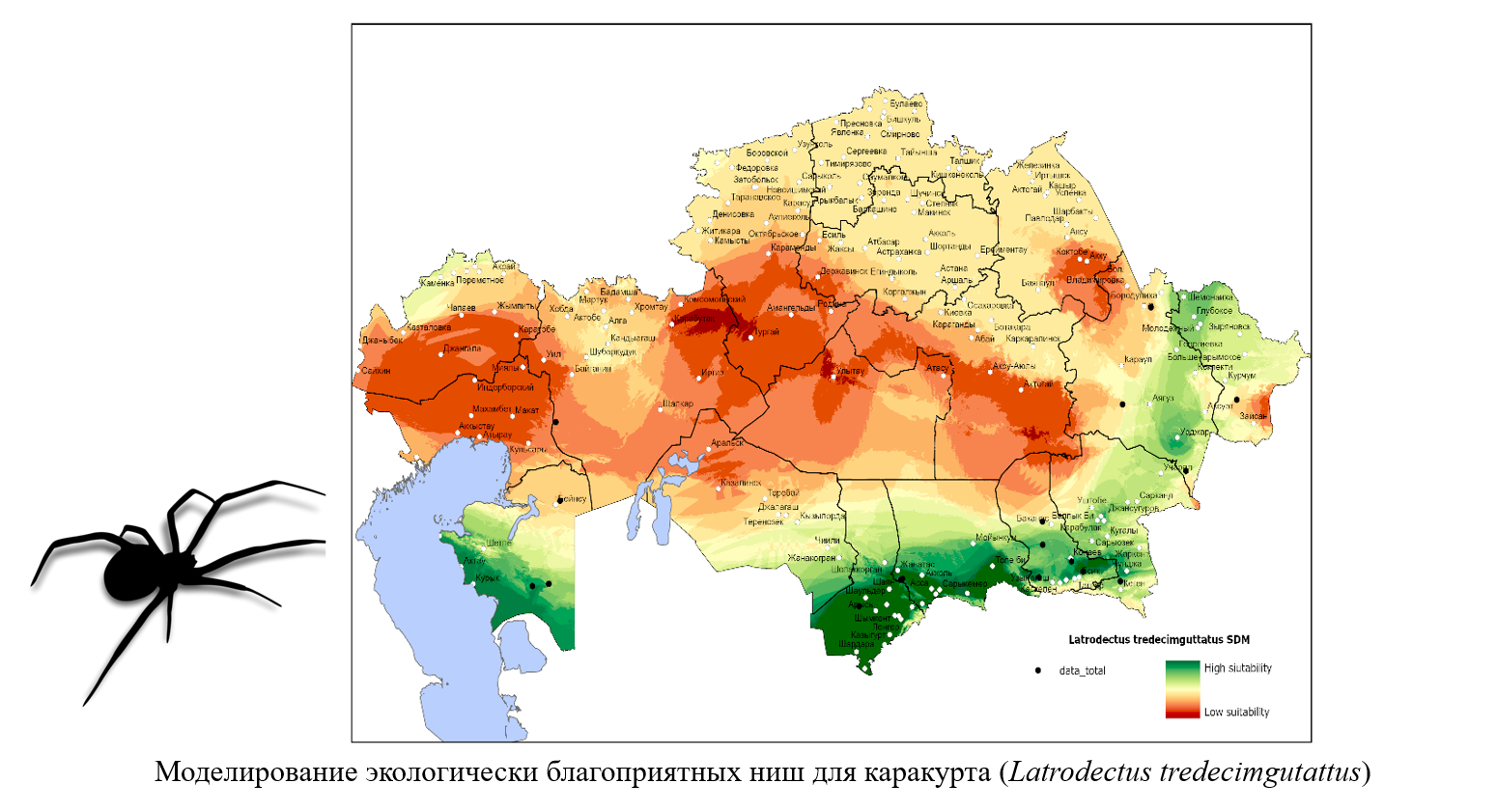
2) To identify the modern fauna, assess the condition of populations of dominant, rare, and endemic animal species, and determine changes in the fauna of the Western Tien Shan over the past 20 years.
Through field expeditions, study of collection materials, and analysis of published faunistic data, it was established that the current fauna of the Western Tien Shan includes at least 1852 species, of which 1376 species (74.3%) are invertebrates. The largest groups were insects (Insecta) – 1013 species, hydrobionts (Hydrobiontes) – 170 species, arachnids (Arachnida) – 136 species, mollusks (Mollusca) – 50 species, and helminths (Helminthos) – 7 species.
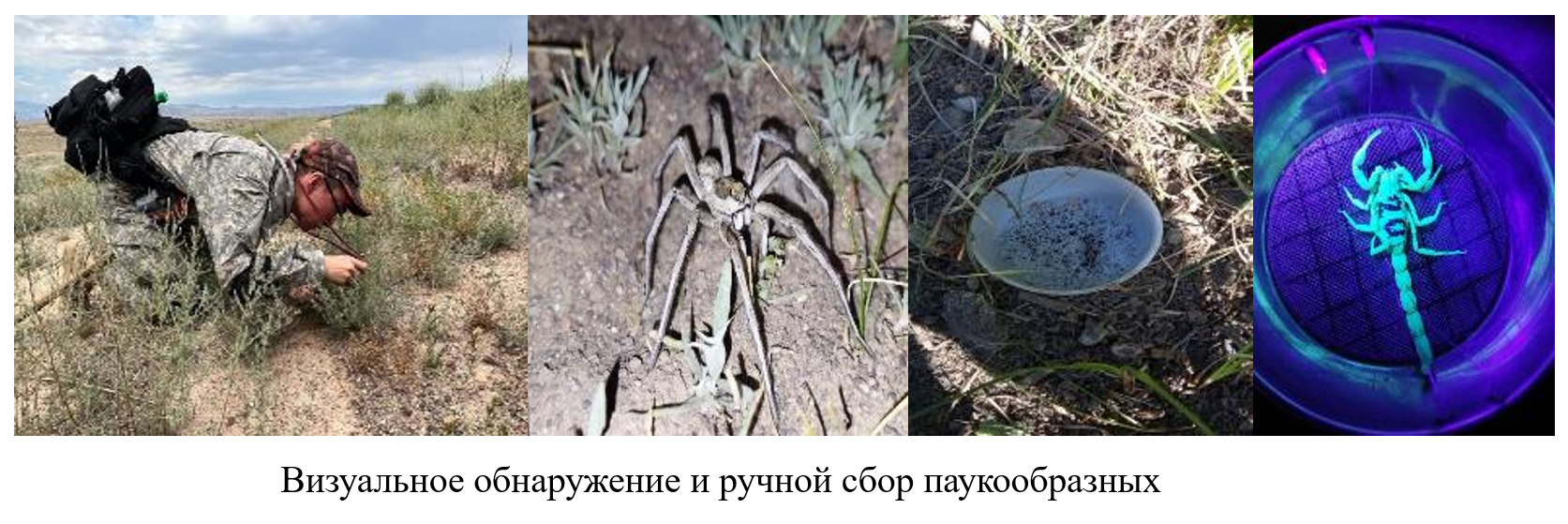
Among vertebrates, 476 species were recorded, representing 25.7% of the total identified diversity: birds (Aves) – 387 species, mammals (Mammalia) – 54 species, fish (Pisces) – 31 species, reptiles (Reptilia) – 12 species, and amphibians (Amphibia) – 3 species.
Within the project, a set of indicators was selected to assess environmental dynamics: carbon content, evaporation, precipitation, gross primary productivity, snow and ice cover volume, soil moisture, vegetation cover, etc. These indicators will help reveal correlations with fauna dynamics and allow for predictions of future trends. In addition, existing data on the hydrochemical composition of several regional water bodies were analyzed to assess habitat conditions.
Work on identifying the current fauna and assessing population status will continue in 2025–2026.
3) To conduct a taxonomic assessment of the fossil fauna of the Western Tien Shan.
A taxonomic evaluation of the fossil fauna of the Western Tien Shan was carried out based on literature sources. The preliminary list of fossil species identified in the study area includes approximately 1400 species belonging to 75 orders: insects (Insecta) – 938 species, trilobites (Trilobita) – 303 species, brachiopods (Brachiopoda) – 51 species, about 50 other marine invertebrates, and 40 vertebrates (Vertebrata).
The faunal list currently identified is not final. Many groups remain poorly studied, and further research may lead to the description of new taxa. The main priorities for future studies are the localities of Karatau, Kzyl-Zhar, Tasgorsai, and Koshkurgan.
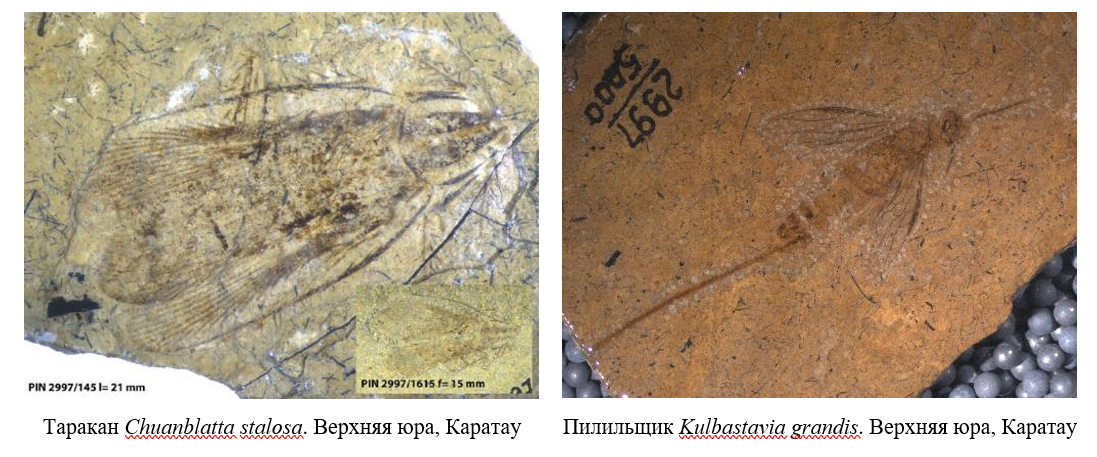
Taxonomic assessment of the fossil fauna will continue in 2025–2026.
4) To apply modern cryobiological technologies for the preservation of genetically valuable species of wild animals for long-term storage and possible restoration in natural ecosystems.
Due to the inability to collect samples for the cryobank during the reporting period, international experience in collecting materials for cryoconservation from various animal taxa was reviewed, and an extensive body of literature was analyzed on the preservation of somatic and germ cells in different animal groups. Work began on selecting the most effective methods to be applied and refined in the next research phase.
Implementation of modern cryobiological technologies for the preservation of valuable animal species will continue within the project in 2025–2026.
Main performance indicators include the accuracy of species identification and taxonomic composition. The established electronic database is used for maintaining the wildlife cadastre, conducting scientific research, and supporting biodiversity conservation measures. Scope of application – wildlife accounting and monitoring, conservation, and sustainable use of animal resources.
